Tombs from various periods of history can give us great insight into what happened at the time the person was buried and also challenge our previously held beliefs.
Archaeologists came across a flooded tomb in Sudan so decided to dive into it. The tomb was located in an ancient burial site, and several exciting items were discovered inside.
Ancient Tombs Hold Many Mysteries
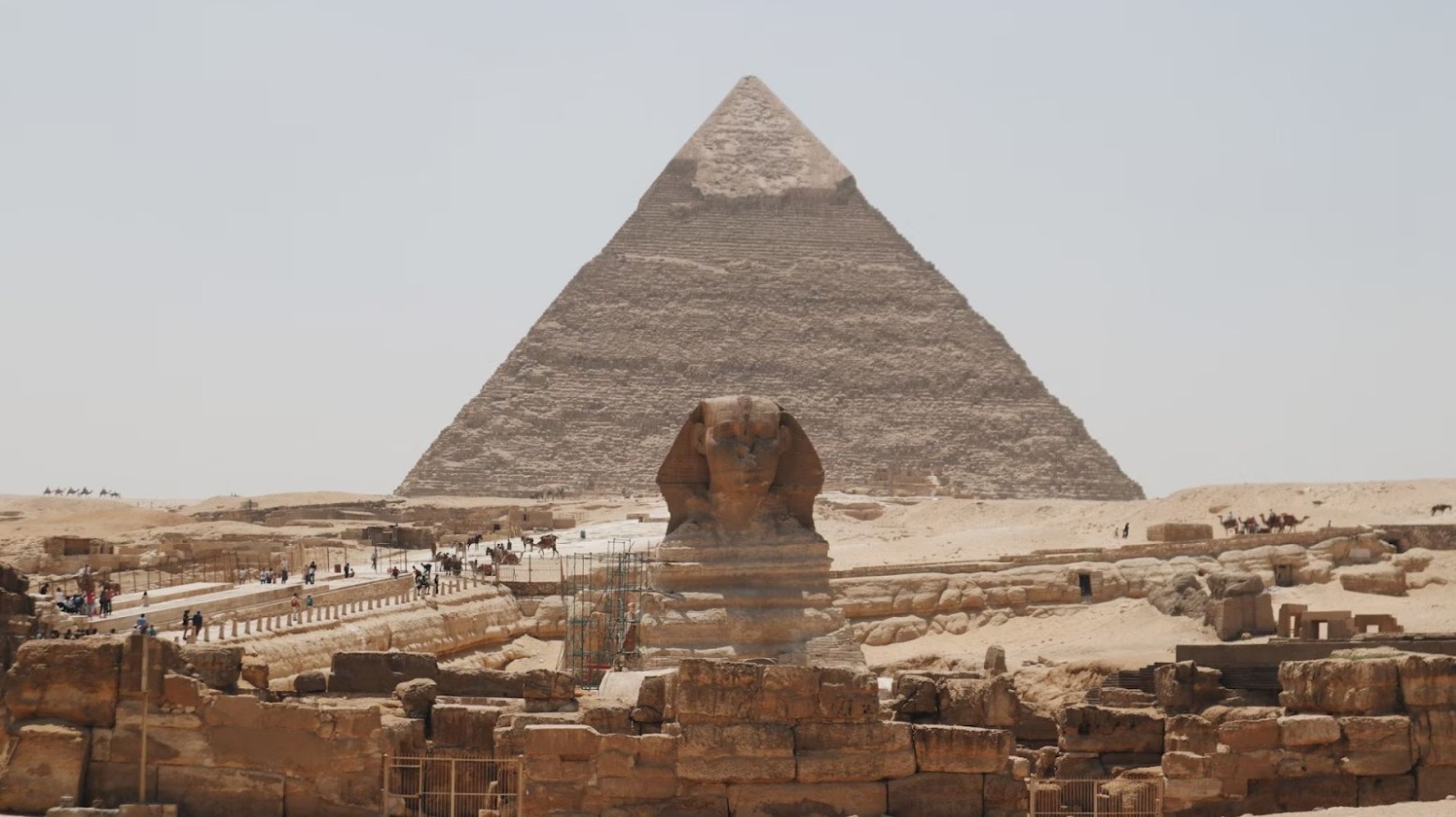
One of the most exciting things about ancient tombs is that they hold many mysteries. While some have already been discovered and either help contradict or confirm long-held beliefs about those times, others remain a complete mystery.
One example is the Great Pyramid of Giza. This is a place where many ancient Egyptians were buried, and their tombs have been decorated to show what life was like during these times.
Some Tombs Have Never Been Opened
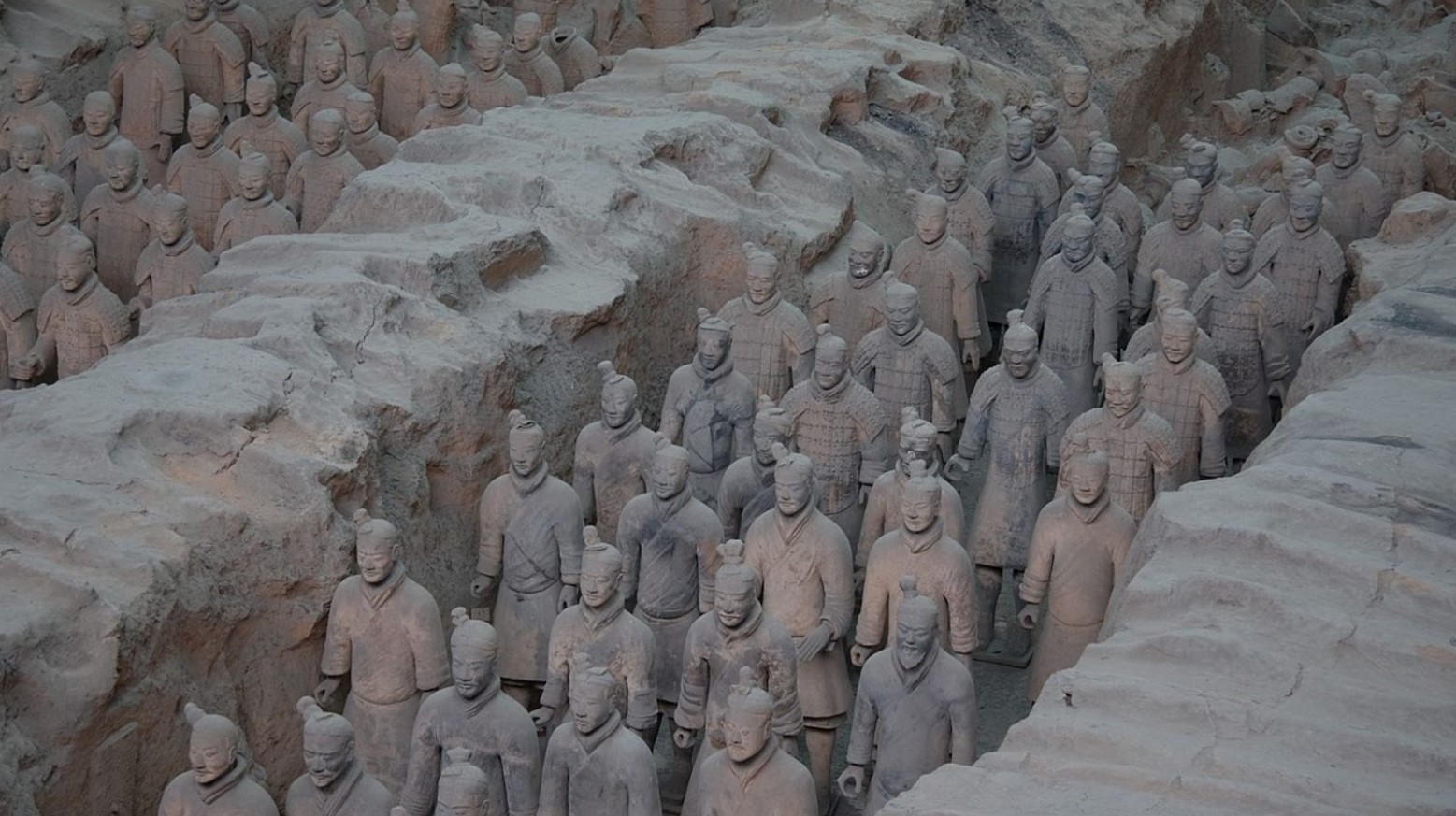
Even though archaeologists have been keen to open many ancient tombs, there is one that was discovered years ago, and archaeologists have no plans on opening it any time soon—for a good reason.
The tomb itself belongs to China’s first emperor, Qin Shi Huang of the Qin dynasty. The reason why they are refusing to open the tomb is because historical documents have predicted terrible tragedies should the tombs be opened.
New Tombs Are Discovered All the Time
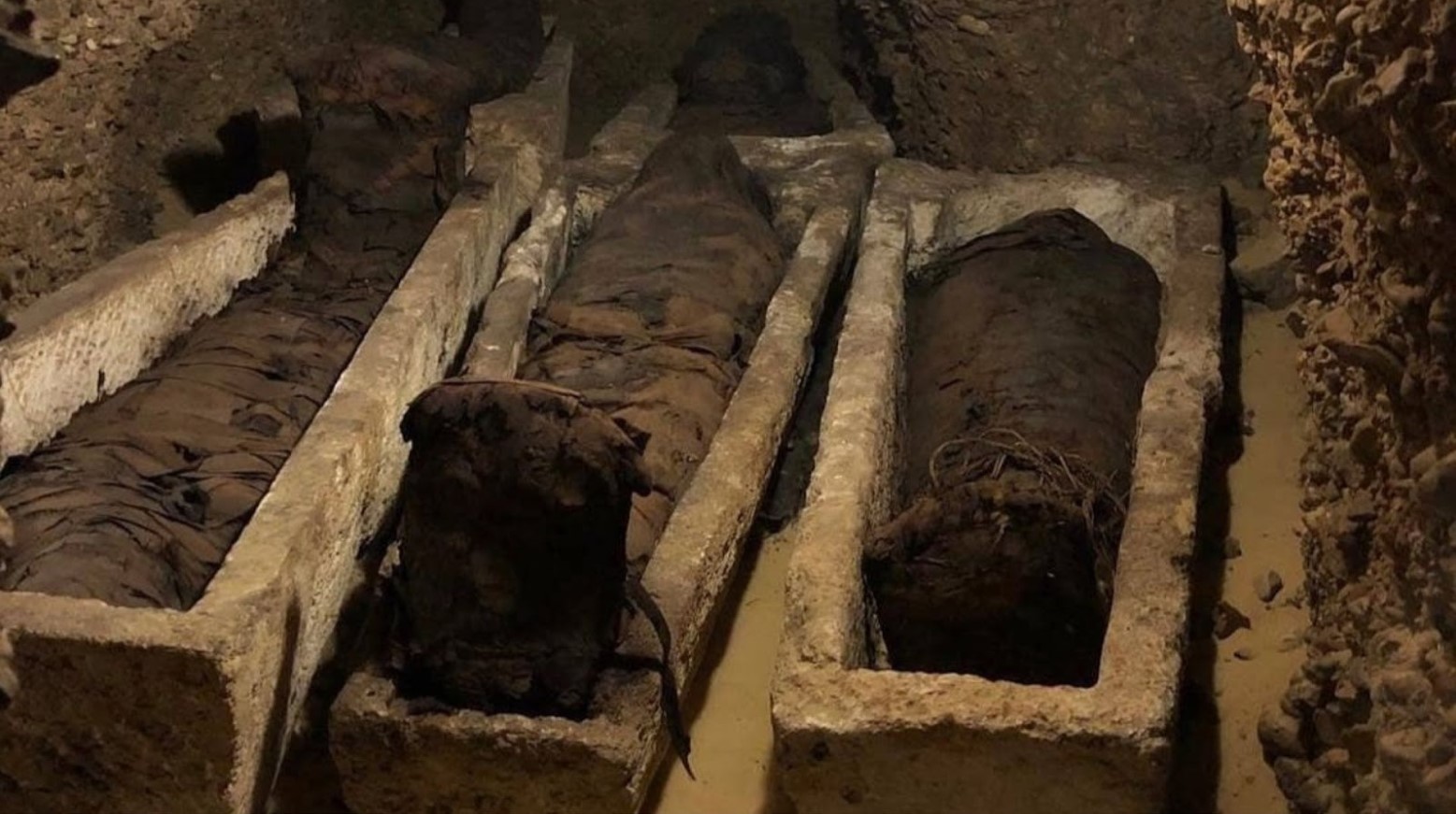
As archaeologists dig deeper, they are able to discover new tombs all the time that were never thought to previously be there. They can also find tombs that have long been rumored to be somewhere, but they have not previously known exactly where they were.
One such example was during an archaeological dig that happened near the Nile River. Archaeologists were able to find 30 new tombs that contained drawings and objects that give an even deeper insight into what life was like for the ancient Egyptians.
The Tomb Was Difficult to Access
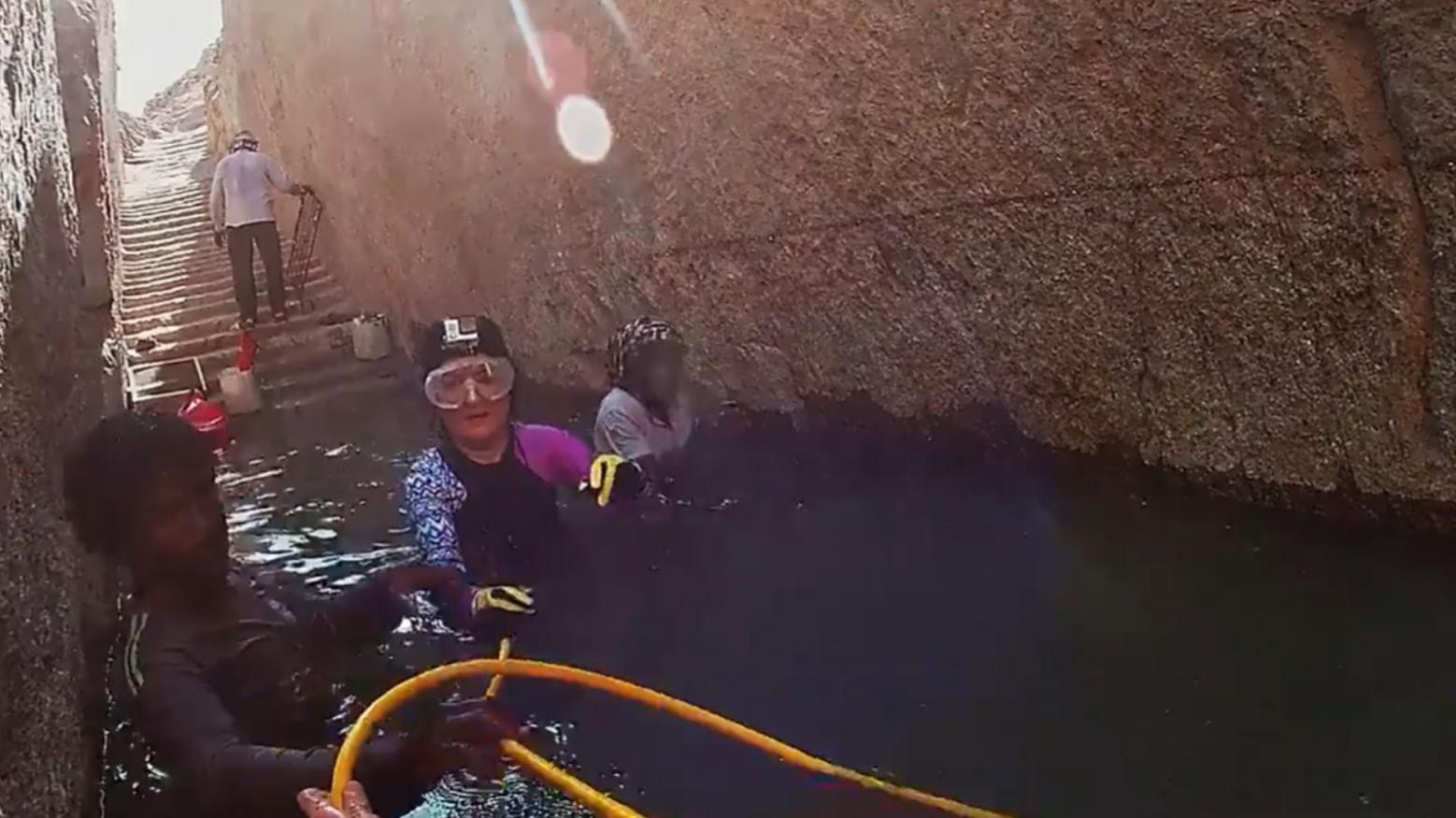
One issue that the archaeologists in Sudan ran into was that the tomb was challenging to access. The last time anyone could get to it was over 100 years ago, but rising water levels had made it almost impossible.
The team of archaeologists were led by Pearce Paul Creasman, who reported that this was the first time that underwater archaeology has been carried out in Sudan.
Items Were Placed in the Tomb
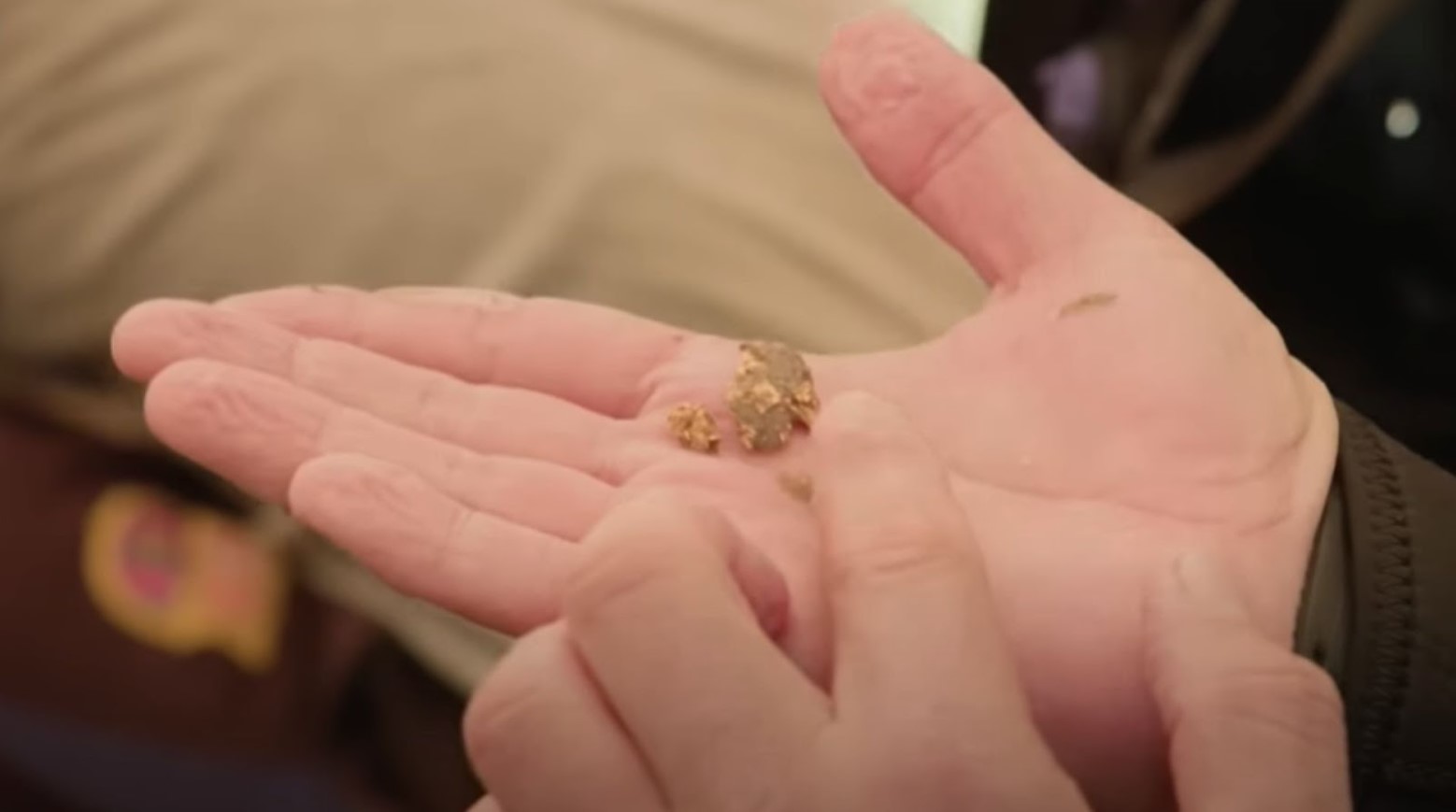
When the person inside the tomb was buried, items were also placed inside the tomb with them. These included some pottery figurines and a gold leaf.
It was previously thought that any items that were buried in the tomb would have been damaged due to the flooding. While these items, which were mostly glass, experienced some slight damage, the gold remained fully intact.
The Significance of the Site
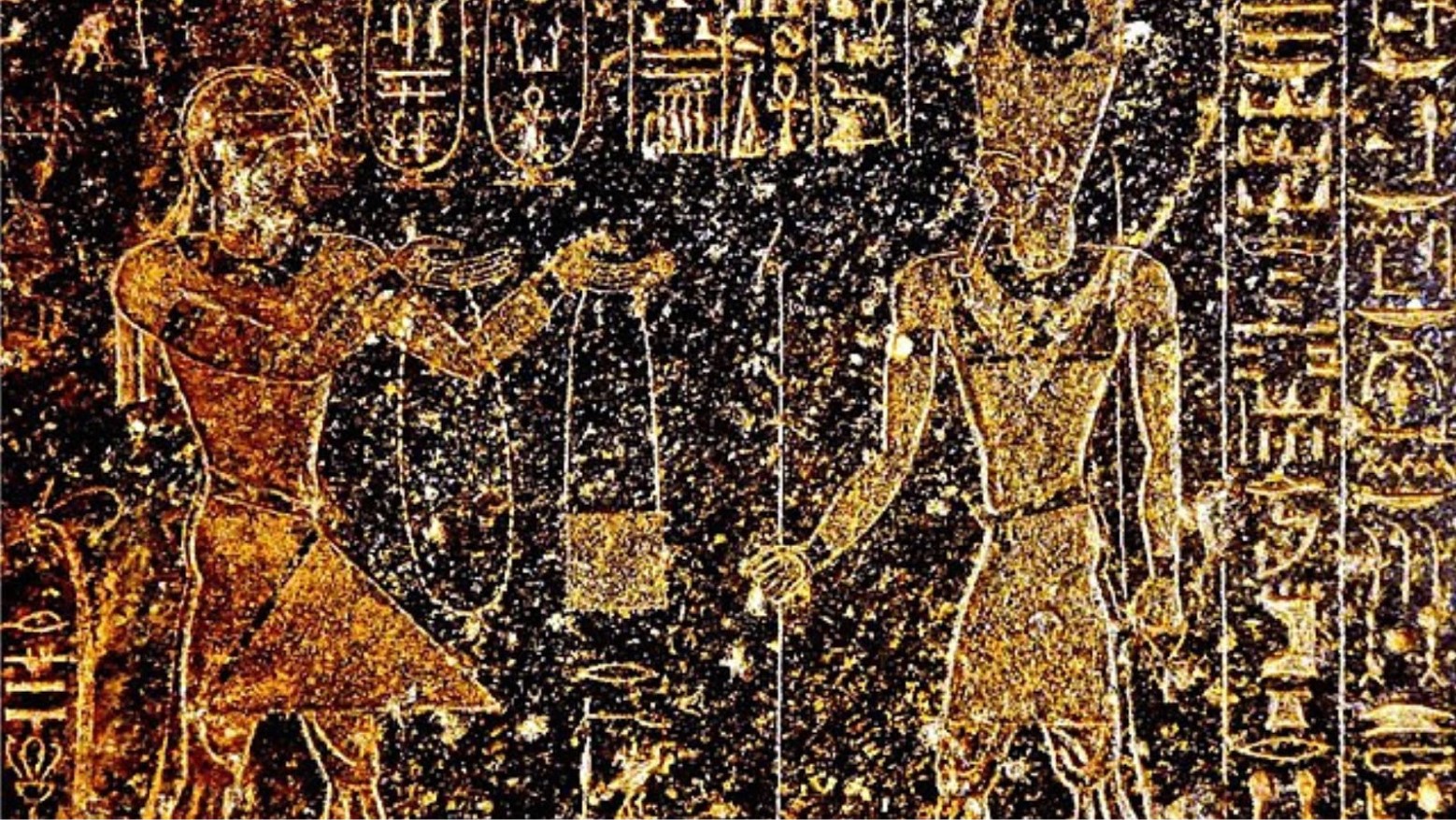
There are many reasons why this is a site of significance and why Creasman and the team wanted to dive into it. It is the resting place of King Nastasen, who ruled the Kingdom of Kush from 335 to 315 or 310 BCE.
As they were known then, the Kushites held around 750 miles of territory along the Nile Valley. However, not much else is known about this time period, which is why Creasman wanted to take a deeper look at it.
How Does Underwater Excavation Work?
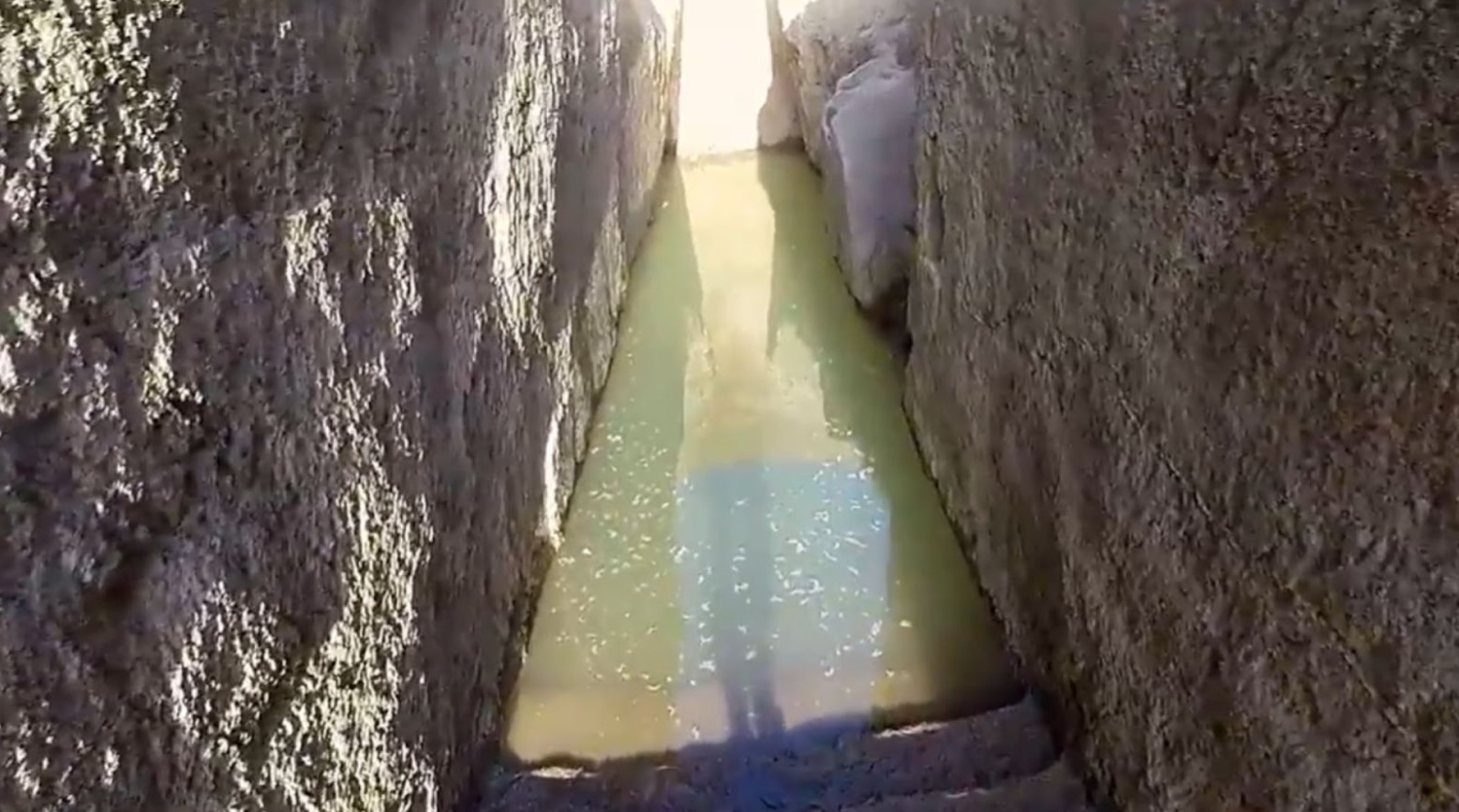
The most common type of excavation occurs above ground in dry areas, so not many people have heard of underwater excavation, nor do they have any idea of how it works.
Buckets are used to scoop up the contents in the mapped-out chambers, with divers stationed at various points to take the buckets back to ground level. Dives tend to last for two hours at a time over the course of six days. Anything of significance is packed in with clay or mud and is sealed to protect it.
The Pyramids of Nuri
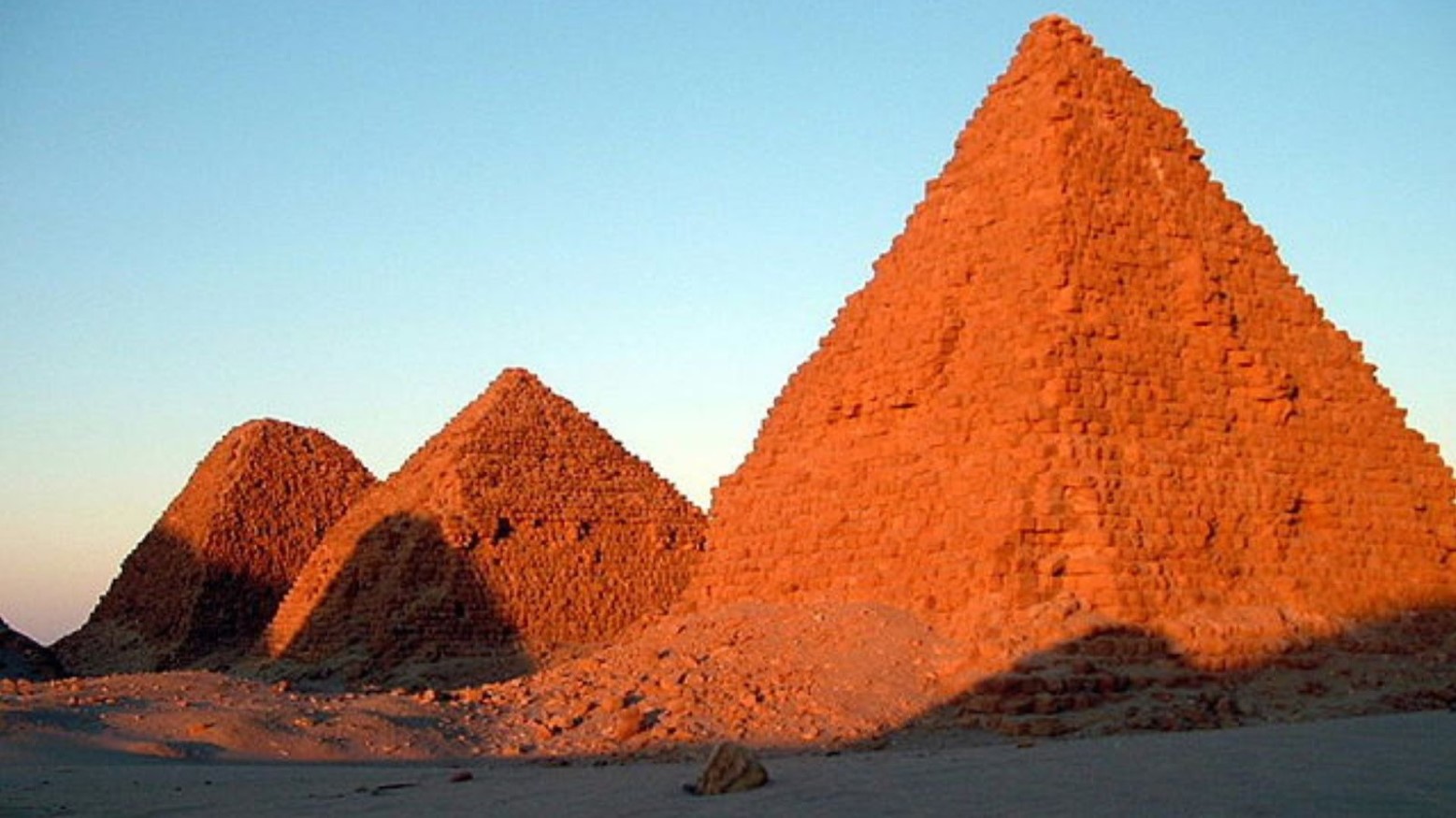
Nastasen was buried in the pyramids of Nuri, located in what is now known as modern Sudan. Around 20 pyramids in this area were built for the ancient Nubian kings and queens.
At Nuri’s peak, there were around 80 pyramids in which ancient kings and queens were buried. However, not many of them remain. This is why very little is known about this period, as the pyramids that would have held this information are gone.
The Diving Area Was Small
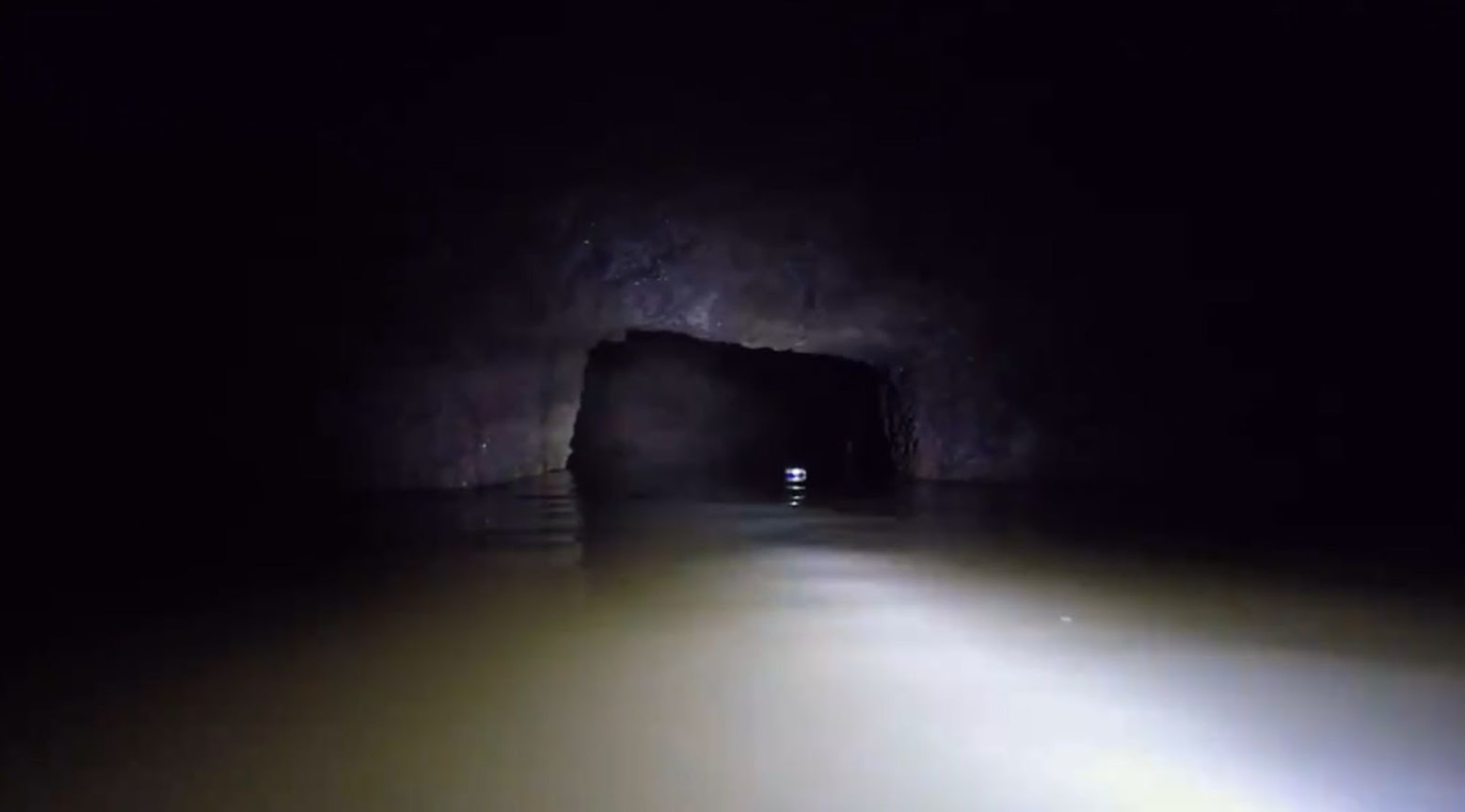
Due to how deep the water was and how small the area was that they had to dive in and swim through, the team needed expert divers in the form of Creasman and Krisin Romey.
The pair wore limited diving gear as there wasn’t enough room for all of it to fit into the chambers. They couldn’t even carry oxygen tanks. Instead, they were fed oxygen through a tube. They were able to carry a small oxygen tank with them in the case of an emergency.
Worry That Thieves Had Stolen Something

One of the main concerns that Creasman and his team had was that thieves would have stolen something from out of the tomb, which would give them less information for finding out more about the Nubian kings and queens.
Thankfully, it appears that no items were stolen, which Creasman has decided is due to the flooding making it impossible for thieves to get inside.
Difference Between Egyptian and Sudan Pyramids
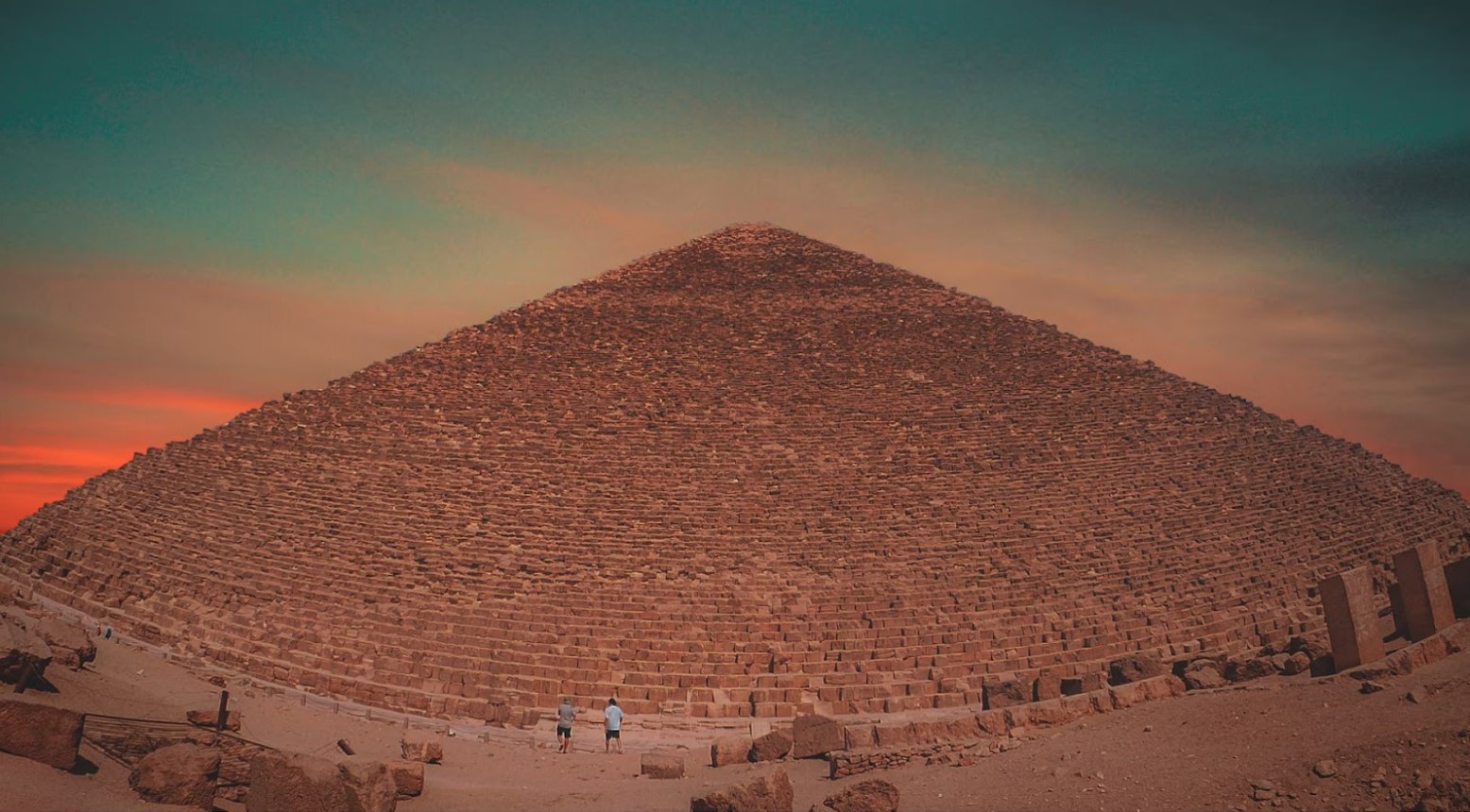
There is one key difference between the Egyptian and Sudan periods and how the people around them were buried. The rulers in Sudan were buried below the pyramids, whereas the rulers in Egypt were buried inside them.
The hope is that the findings inside the flooded tomb will help archaeologists and researchers gain a better understanding of what went on during this time, especially as current information is very limited. The hope is to find more tombs to increase this knowledge that has gone unknown for centuries.
